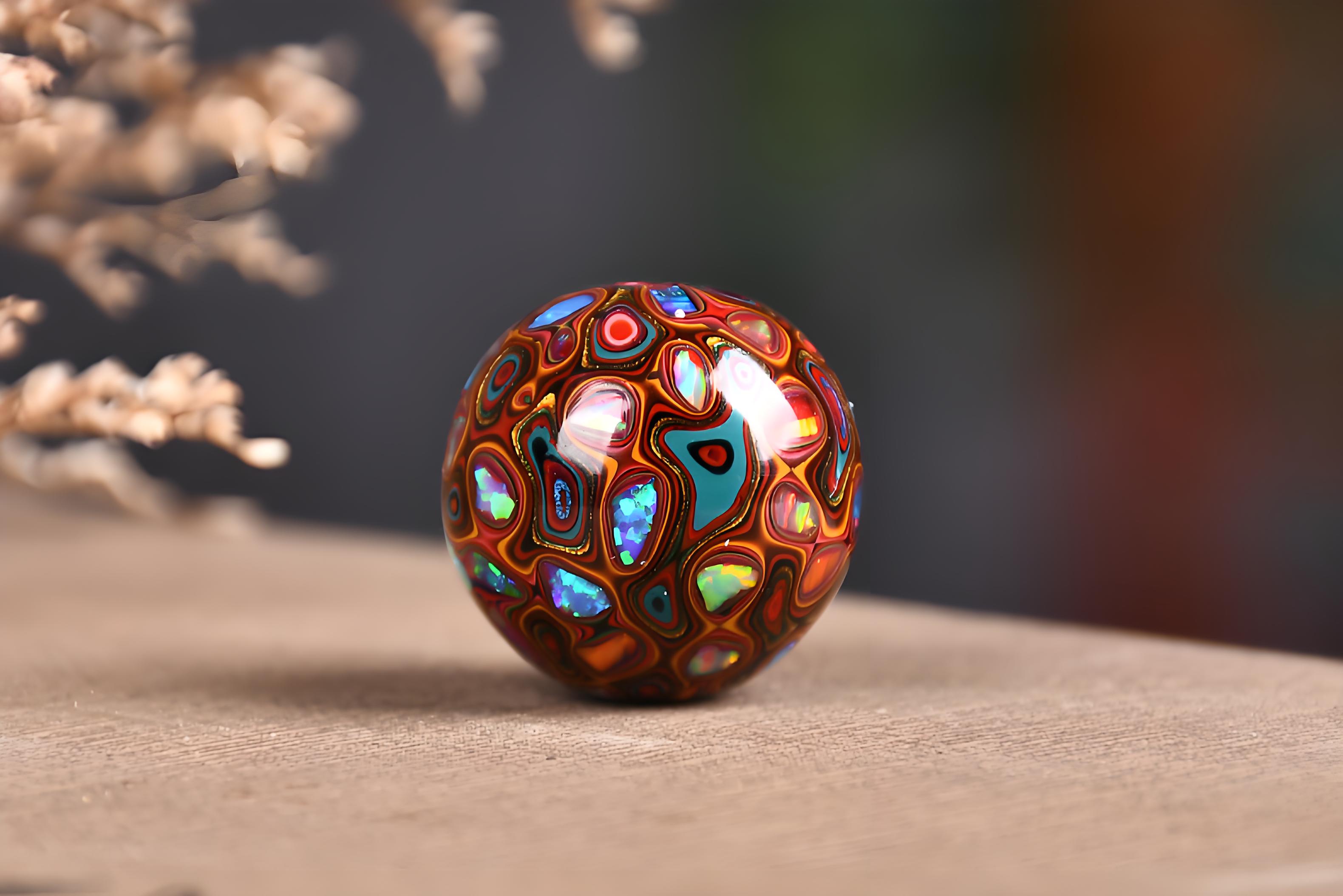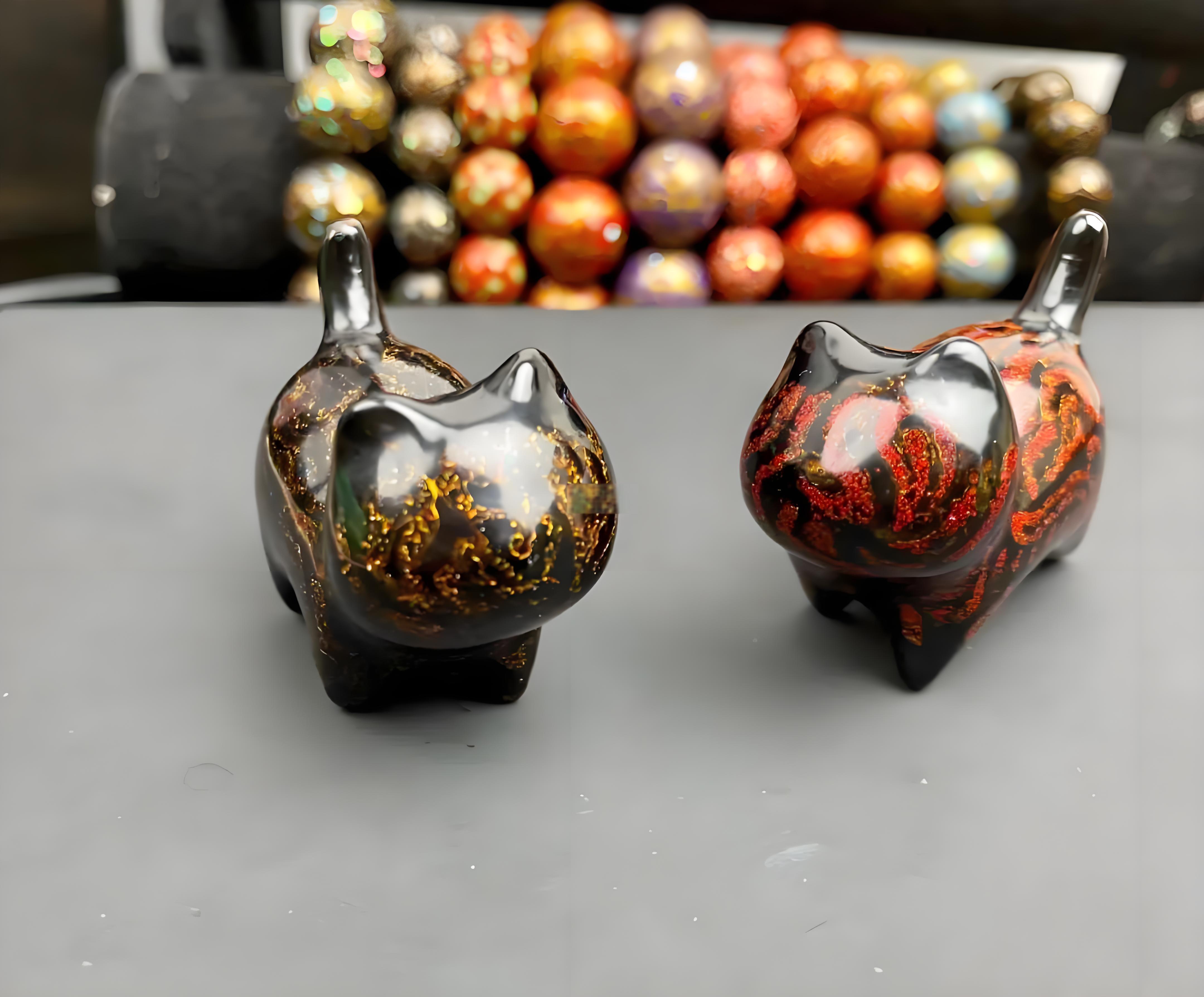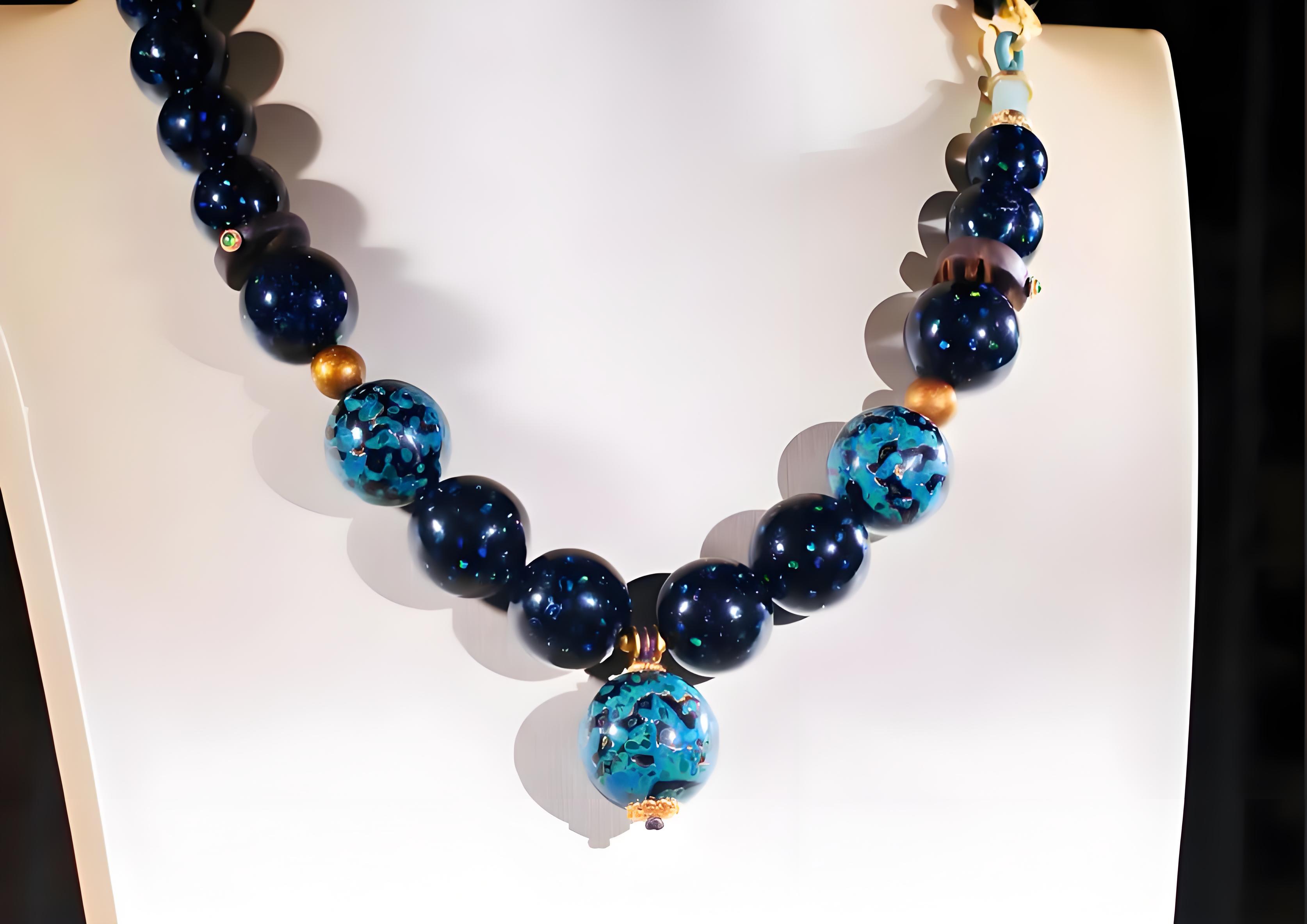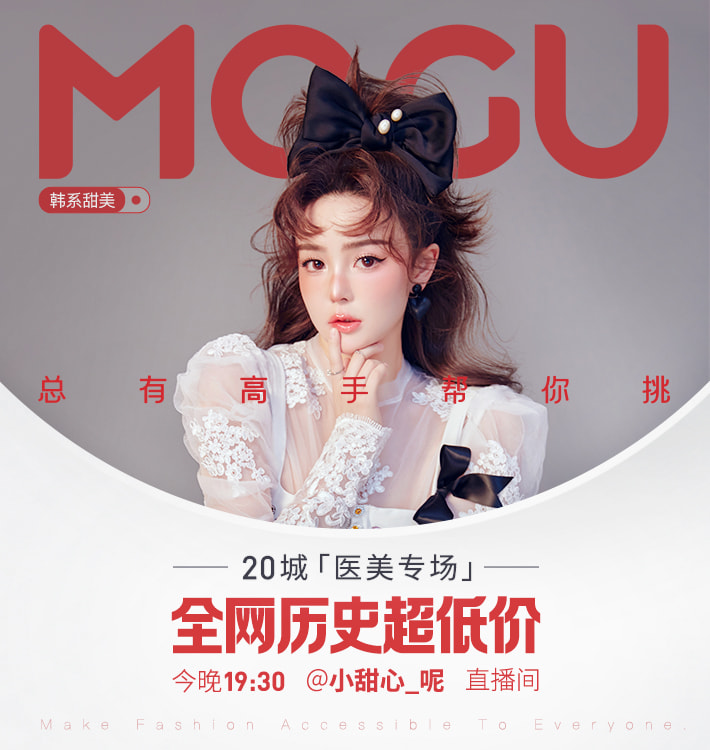The Story of Lacquer: The Birth and Evolution of a Millennia-Old Craft
Chinese Lacquer, also known as natural lacquer, is a dazzling gem of Chinese culture, with a history tracing back over 7,000 years to the Neolithic era. Archaeologists discovered a wooden bowl coated with lacquer at the Jiahu site in Henan, marking lacquer's first appearance in human life. From its initial practical use to its increasingly refined craftsmanship, lacquer has witnessed the enduring history and cultural heritage of Chinese civilization.
The craft of lacquerware evolved significantly over time. During the Spring and Autumn and Warring States periods, people began to apply intricate decorative techniques to everyday objects. Methods such as inlaying mother-of-pearl, carving lacquer, and painting gold gave lacquerware a heightened aesthetic value. These techniques were widely used in creating ritual vessels, furniture, and ornaments, symbolizing status and power. By the Qin and Han dynasties, lacquerware had become a royal necessity, valued for its moisture-resistant and anti-corrosive properties, making it ideal for military equipment.
By the Tang and Song dynasties, lacquer craftsmanship had reached its zenith. Tang dynasty lacquerware was renowned for its opulence, with gold and silver inlays and mother-of-pearl decorations pushing the art to its peak. In the Song dynasty, the carved red lacquer technique ( tihong ) showcased exquisite carvings and layers of vibrant colors, reflecting the artistic tastes of the scholarly class. Lacquerwork transcended its utilitarian role to become a cultural expression that bridged practicality and artistry.
Lacquer is derived from lacquer trees, and only a small amount of sap can be harvested during specific seasons each year, making it an incredibly precious resource. Transforming raw lacquer into a finished product requires a complex and time-consuming process. Steps include dehydration, filtration, coloring, application, polishing, and repeated coatings. Each stage demands patience and precision, as the slow curing process of lacquer ensures that every layer's polishing and application determine the final product's luster and texture.
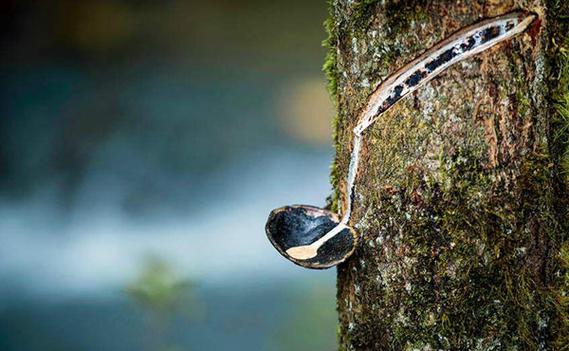
The value of lacquer lies not only in its functionality and artistic beauty but also in its reverence for nature. As an entirely natural and eco-friendly material, lacquer differs from chemical paints; its production process generates no pollutants and adapts perfectly to extreme climatic conditions. Thus, lacquer craftsmanship embodies a harmonious coexistence between humans and nature.
Today, lacquer has found new vitality in modern life. From classic lacquerware to fashionable bracelets, pendants, and ornaments, lacquer art has transcended its traditional functions to become a symbol of style, aesthetics, and culture. Whether it's a small bracelet or a meticulously crafted decorative piece, each item embodies millennia of craftsmanship and cultural heritage.
Why Choose Us?
We are dedicated guardians of traditional lacquer craftsmanship, blending tradition with innovation to showcase lacquer's unique charm to a wider audience. From material selection to production, we meticulously control every detail to ensure each product achieves a perfect balance between artistry and functionality. Our team includes not only seasoned artisans but also incorporates modern design elements, making every product a seamless blend of classic and contemporary aesthetics.
By choosing us, you are not merely purchasing a product but participating in the preservation and continuation of traditional culture. Each of our creations carries the stories and dedication of its craftsmen, serving as both an artistic piece for daily life and a symbol of taste and identity. Join us in brightening your life with the beauty of lacquer!

